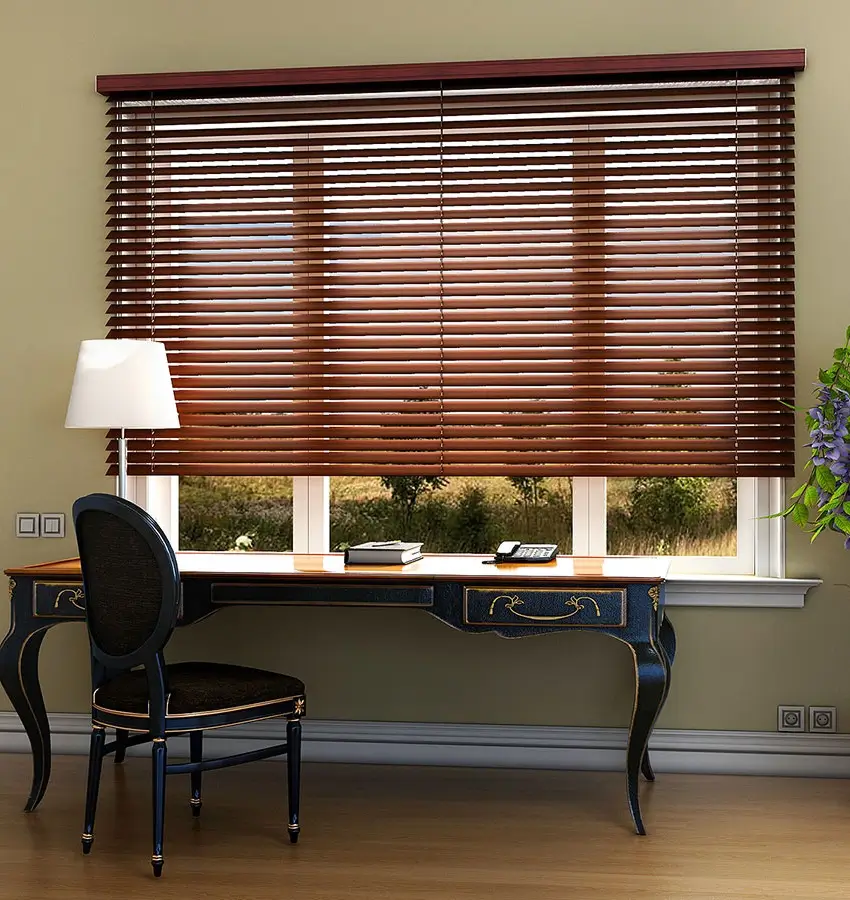Blog

The Evolution of Blinds: From Practicality to Style Statement
Blinds have transcended their traditional role as mere window coverings, evolving into versatile design elements that seamlessly blend practicality with style. From their humble beginnings as simple, utilitarian solutions for light control and privacy, blinds have undergone a remarkable transformation, becoming integral components of interior décor schemes. This evolution reflects changing tastes, technological advancements, and a shift towards personalized, functional aesthetics in modern living spaces.
Historical Origins and Practicality
The history of blinds traces back to ancient civilizations such as Egypt, where reeds were woven together to create rudimentary window coverings. Over time, various materials such as cloth, wood, and metal were used to fashion blinds, primarily for functional purposes. In medieval Europe, wooden shutters served as predecessors to modern blinds, offering protection against the elements while allowing for ventilation and light regulation.
During the Industrial Revolution, mass production techniques led to the widespread availability of affordable blinds, democratizing their usage across different socio-economic strata. Blinds became indispensable for controlling natural light, enhancing privacy, and regulating temperature in homes and workplaces. Their pragmatic design and ease of use made them a staple in architectural and interior design, albeit with limited aesthetic appeal.
The Rise of Design Consciousness
As design sensibilities evolved in the 20th century, blinds began to be viewed not only as functional accessories but also as opportunities for creative expression. The minimalist aesthetic of mid-century modernism favored clean lines and simplicity, paving the way for sleek, streamlined blinds that complemented contemporary interiors. Venetian blinds, with their adjustable slats, gained popularity for their versatility and ability to modulate light levels effectively.
In the latter half of the 20th century, technological innovations further expanded the design possibilities for blinds. Motorization allowed for remote-controlled operation, enhancing convenience and accessibility, while advancements in materials and manufacturing techniques enabled the production of blinds in a myriad of colors, textures, and patterns. This convergence of form and function marked a significant turning point in the evolution of blinds, positioning them as customizable design elements rather than mere functional necessities.
Blinds as Style Statements
In the 21st century, the role of blinds in interior design has undergone a paradigm shift, with an emphasis on individuality, personalization, and sustainability. Homeowners and designers alike are increasingly seeking out blinds that not only fulfill practical requirements but also reflect their unique tastes and lifestyles. Customization options, such as bespoke sizing and fabric choices, allow for tailor-made solutions that harmonize with the overall aesthetic of a space.
Moreover, blinds have emerged as versatile canvases for artistic expression, with designers and artists collaborating to create limited edition collections featuring bold prints, intricate patterns, and innovative textures. These statement blinds serve as focal points within interiors, adding visual interest and personality to rooms while retaining their functionality. From botanical motifs to geometric designs, the range of artistic interpretations available in blinds enables individuals to curate spaces that resonate with their individual style preferences.
Sustainability has also become a key consideration in the selection of blinds, with eco-friendly materials and manufacturing processes gaining prominence. Renewable resources such as bamboo and organic cotton are increasingly being used in blind production, offering environmentally conscious alternatives to conventional materials. Additionally, energy-efficient blinds equipped with insulating properties contribute to reducing heating and cooling costs, aligning with broader sustainability goals.
Future Directions
Looking ahead, the evolution of blinds is poised to continue along a trajectory that prioritizes innovation, versatility, and sustainability. Advancements in smart home technology are likely to further enhance the functionality of blinds, with features such as integration with voice assistants and automation systems becoming standard offerings. Additionally, the exploration of novel materials and manufacturing techniques will open up new possibilities for creating blinds that are both aesthetically pleasing and environmentally friendly.

